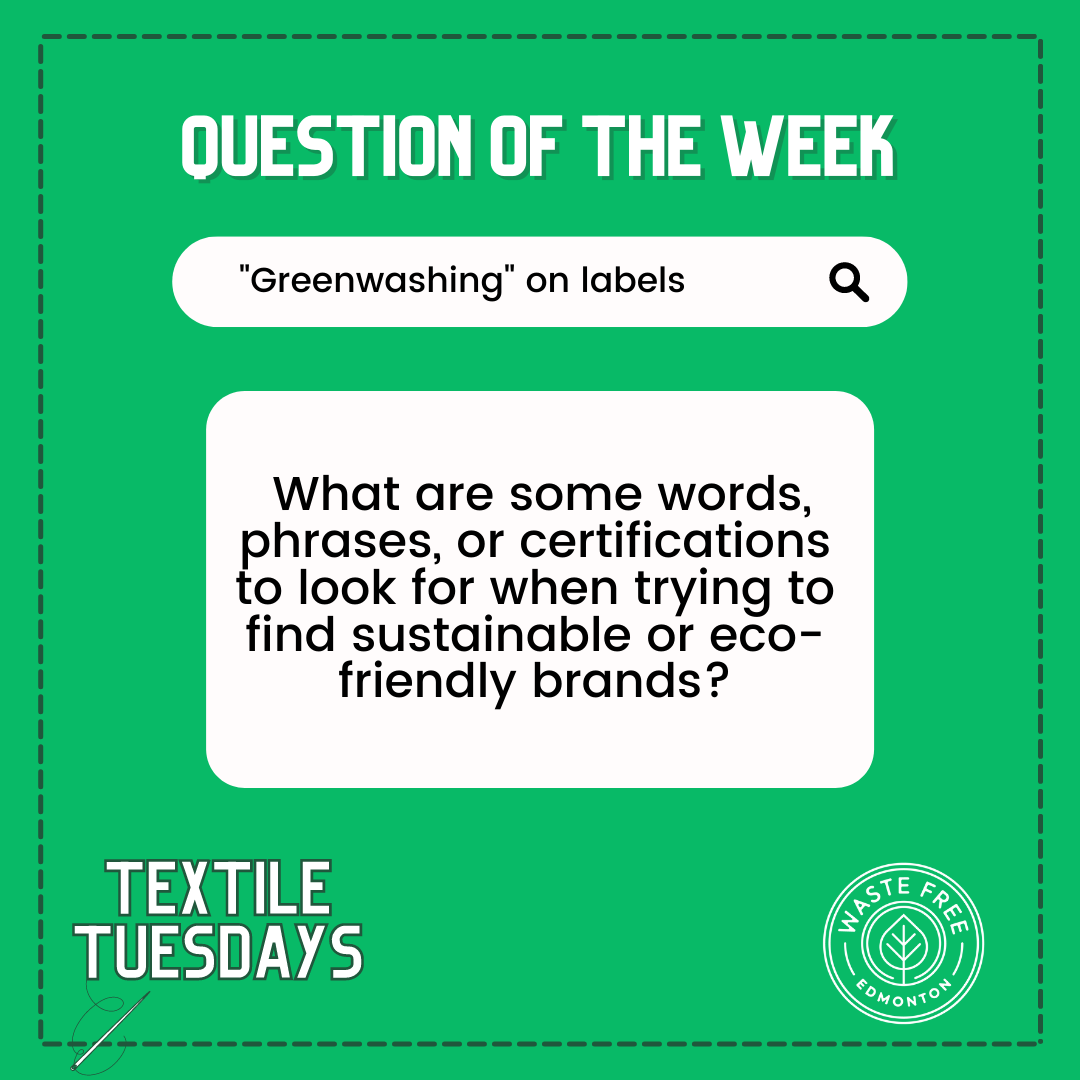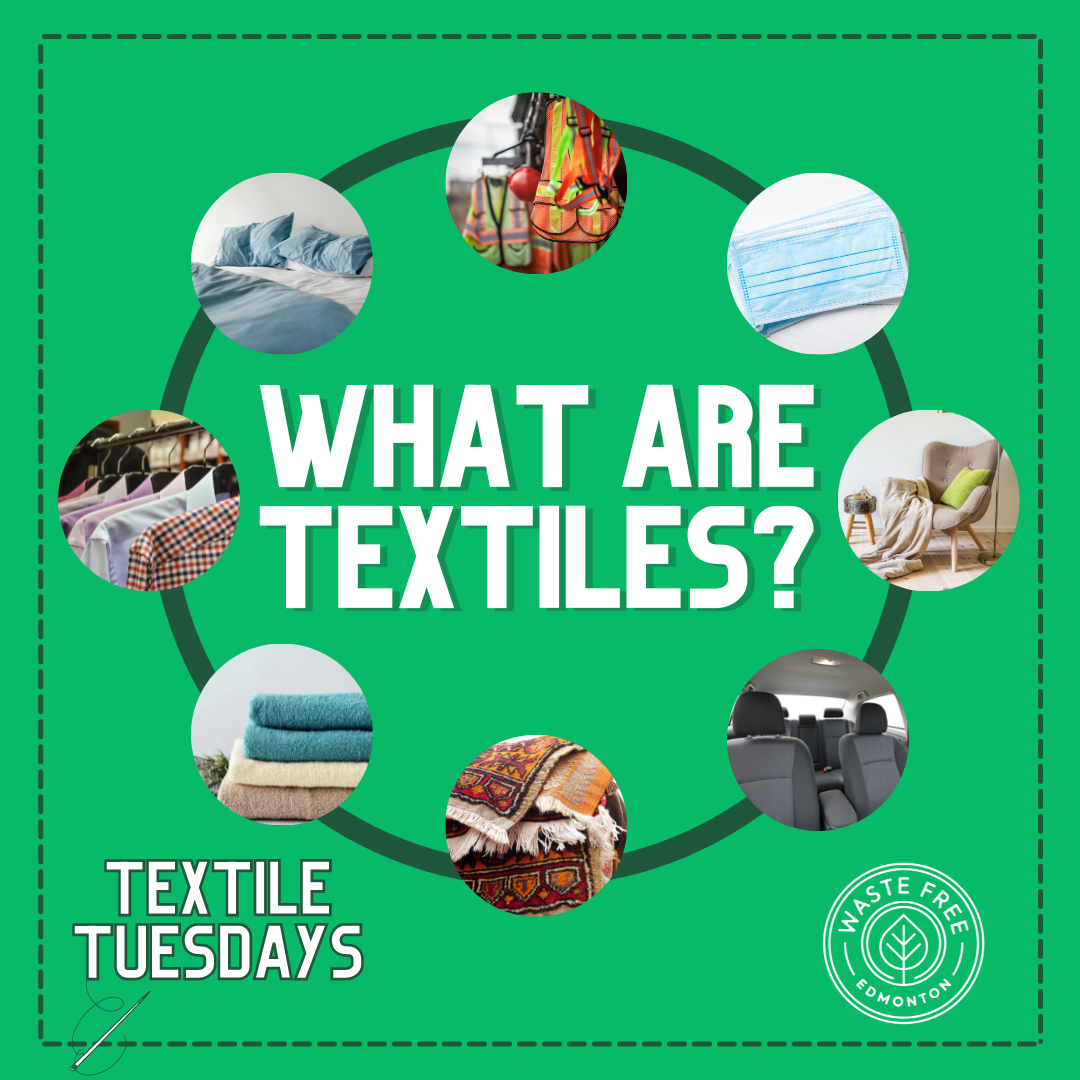When it comes to making sustainable claims on clothing and other textile items, things start to get confusing pretty quickly. Governments and standards organizations do have documents which outline proper fibre content labelling [1] and “self-declared” environmental claim [2] definitions and requirements, but these documents are often highly technical (boring) and inaccessible ($180 just to read it??). So where do consumers turn to get reliable information on the products they purchase?
One helpful resource is the Textile Exchange, a nonprofit which has created numerous standards for the certification of claims such as the Global Recycled Standard (GRS), has excellent educational resources on “preferred” fibre advancements, and has created the Material Change Index (MCI) to show how over 100 brands are performing in key areas. Of course, organizations like this and the similar Sustainable Apparel Coalition (SAC) cost money to be a part of, which excludes many smaller businesses and startups from having the same visibility. When looking at smaller more independent companies, keep an eye out for any claims they’re making, and whether those claims can be substantiated. Are they claiming their product is “sustainable” without any explanation as to why? Do they discuss why they’ve chosen specific materials? Do they talk about who makes their products and if those craftspeople are being paid a living wage? A great example of this is from the Canada/US/Ghana-based company Osei-Duro.
- Government of Canada. (2000). Guide to the Textile Labelling and Advertising Regulations.
- ISO 14021. (2016). Environmental labels and declarations — Self-declared environmental claims (Type II environmental labelling)



